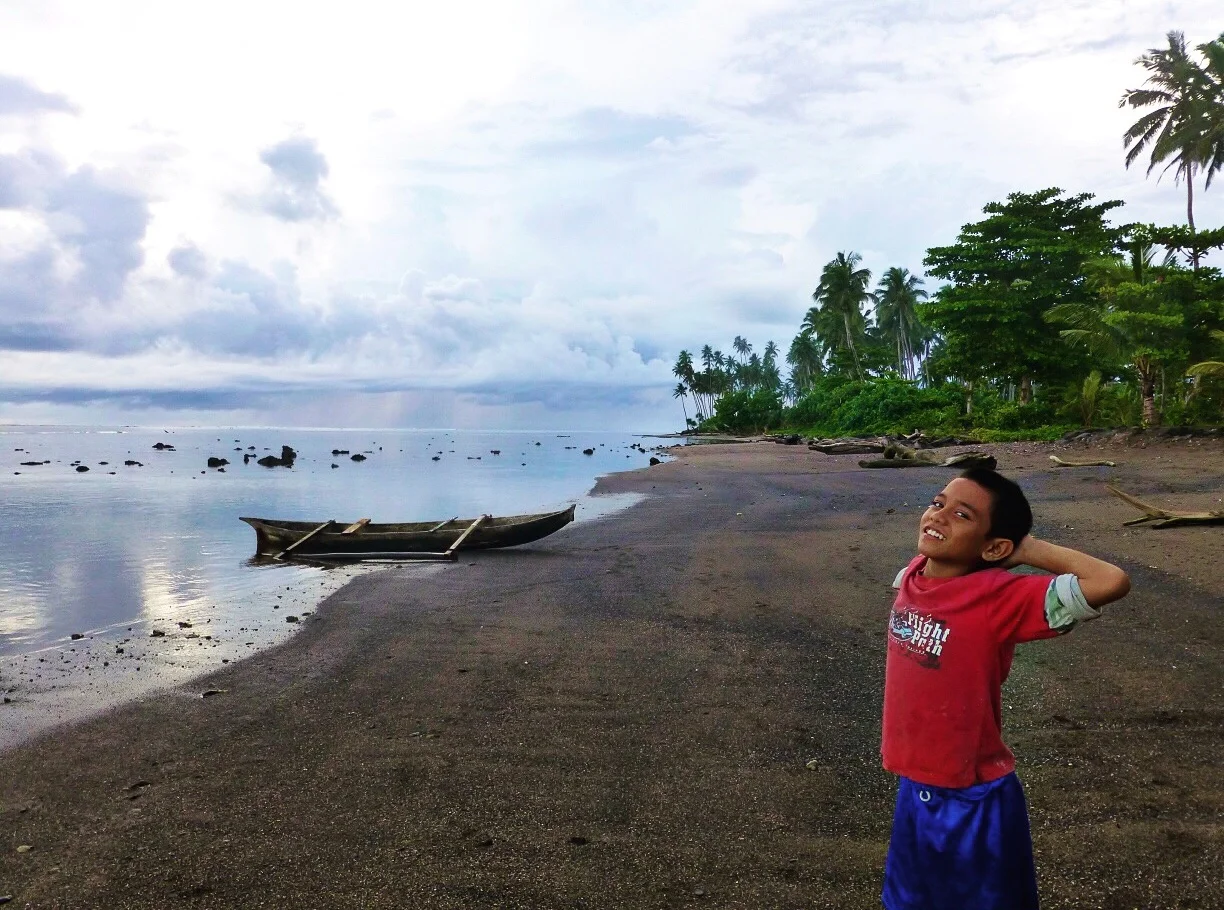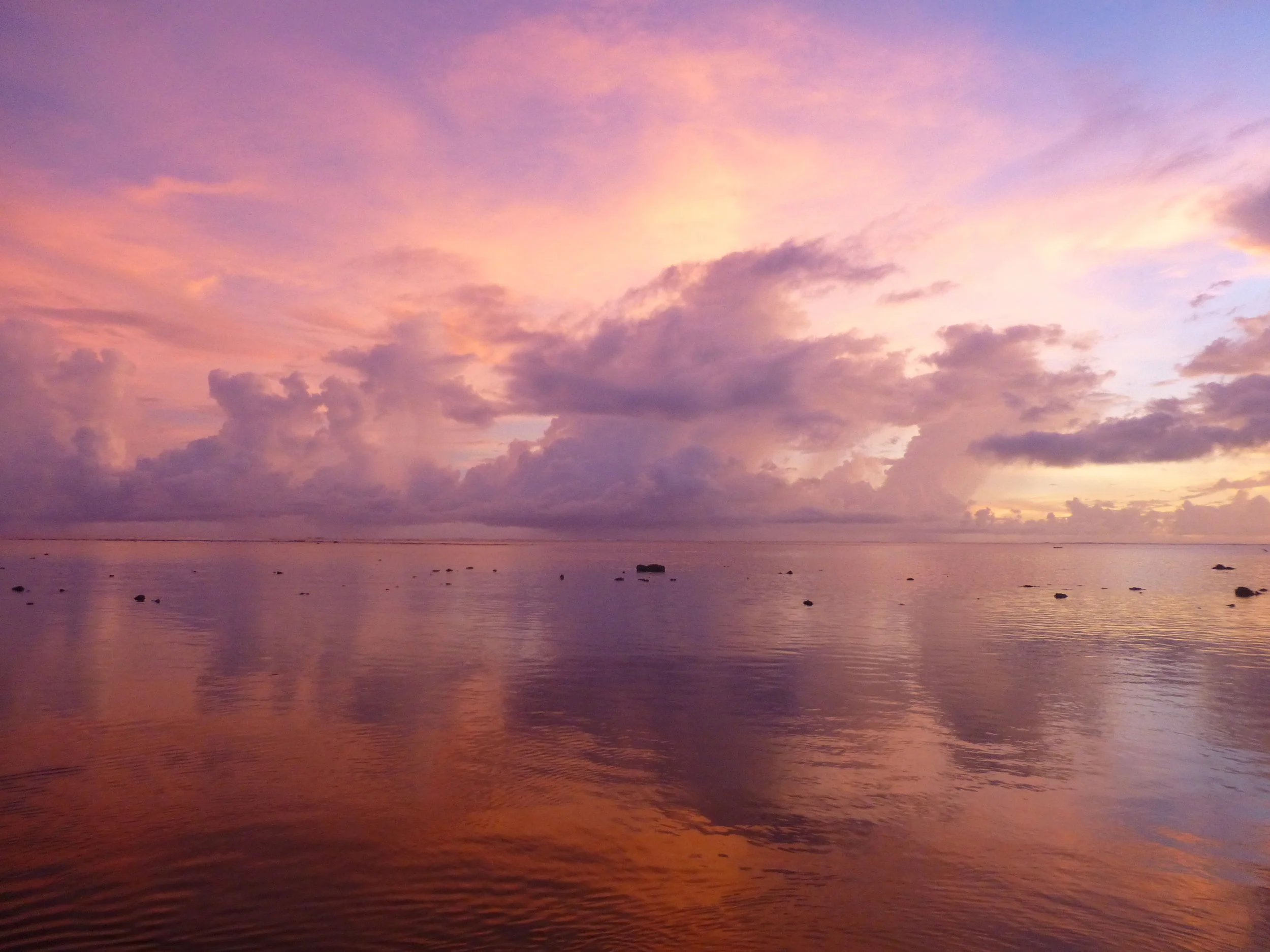











Your Custom Text Here
Park Number: 43/63
First Visited: March 10, 2014
There are places still invisible to modern cartography, though they show on our maps and within a shared knowledge of existence. Underserved communities, maybe. Countries deemed financially unworthy of attention. Entire island chains lost at sea.
This, of course, becomes apparent when you are a resident afflicted by such neglect . . . or a traveler looking to find the missing. I would know little of American Samoa, let alone independent Samoa, had my government and military not chosen to utilize the land for its deep harbor, labeling it a “protectorate,” or, as it might otherwise read, a “lesser-than” America. I know it for the national park.
This is the only national park we lease from native villages, the only national park south of the equator, and one of the few in a tropical location. We call it America. Yet, few Americans know about it.
The culture is Polynesian, much like that of their Hawaiian brethren. The main island, Tutuila, is roughly twenty-one miles across and three miles wide—a tiny area when compared to the breadth of the contiguous United States. The acreage is dense, trees fighting to grow and survive, yet the people are peaceful, working in harmony.
I spend my days hiking, something that confounds the locals—”Why exercise for pleasure?” they ask. Exercise, for the most part, is their agricultural occupation. I spend my nights at Tisa’s Barefoot Bar, a hostel where I make friends, two Australians of Sri Lankan decent. Flying foxes, or fruit bats, own the sky, pollinating the robust and ubiquitous cropland. The seashore is a place all its own; I do not explore its bounty. I am a mountain person, and, as such, I make it to the highest point, Mt. Alva, and gaze across all of Pago Pago. This place is unforgettable, though, as I’ve said, American Samoa remains invisible to most of the country which claims it.
Except for perhaps a few thousand individuals, nearly all inhabitants of American Samoa are indigenous Samoans of Polynesian ancestry.
Related Articles:
10 Bizarre and Interesting Facts About the U.S. National Parks
Park Number: 43/63
First Visited: March 10, 2014
There are places still invisible to modern cartography, though they show on our maps and within a shared knowledge of existence. Underserved communities, maybe. Countries deemed financially unworthy of attention. Entire island chains lost at sea.
This, of course, becomes apparent when you are a resident afflicted by such neglect . . . or a traveler looking to find the missing. I would know little of American Samoa, let alone independent Samoa, had my government and military not chosen to utilize the land for its deep harbor, labeling it a “protectorate,” or, as it might otherwise read, a “lesser-than” America. I know it for the national park.
This is the only national park we lease from native villages, the only national park south of the equator, and one of the few in a tropical location. We call it America. Yet, few Americans know about it.
The culture is Polynesian, much like that of their Hawaiian brethren. The main island, Tutuila, is roughly twenty-one miles across and three miles wide—a tiny area when compared to the breadth of the contiguous United States. The acreage is dense, trees fighting to grow and survive, yet the people are peaceful, working in harmony.
I spend my days hiking, something that confounds the locals—”Why exercise for pleasure?” they ask. Exercise, for the most part, is their agricultural occupation. I spend my nights at Tisa’s Barefoot Bar, a hostel where I make friends, two Australians of Sri Lankan decent. Flying foxes, or fruit bats, own the sky, pollinating the robust and ubiquitous cropland. The seashore is a place all its own; I do not explore its bounty. I am a mountain person, and, as such, I make it to the highest point, Mt. Alva, and gaze across all of Pago Pago. This place is unforgettable, though, as I’ve said, American Samoa remains invisible to most of the country which claims it.
Except for perhaps a few thousand individuals, nearly all inhabitants of American Samoa are indigenous Samoans of Polynesian ancestry.
Related Articles:
10 Bizarre and Interesting Facts About the U.S. National Parks